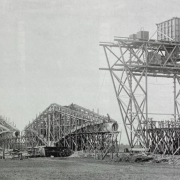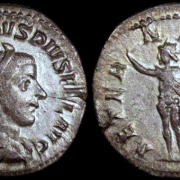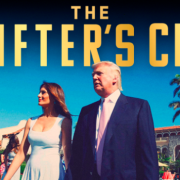Cementing a place in history
Above: The Breakwater aqueduct.
Long way from Breakwater to Scotland’s Fife to Breakwater, likewise from Fyansford to the battlefield of Villers-Bretonneux, but with Anzac Day on the doorstep it might be timely to see how Geelong’s cemented its name in construction history.
The man credited with winning World War 1 for the Allies, John Monash, built the old concrete bridge over the Moorabool River at the turn of the 20th century, using French gardener Joseph Monier’s system of embedded iron mesh.
It’s a pretty, arched thing that served well enough for 70 years. It’s still standing, albeit too narrow for today’s traffic volumes.
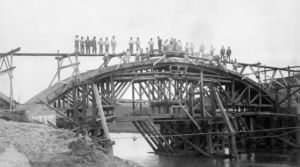
Workers on Monash’s Fyansford bridge.
Not quite so salubrious, but much larger and rather more spectacular, is the younger structure south of Geelong built during World War 1 to deal with somewhat different traffic.
If you check your GPS at 56°04′30″N 3°45′00″W / 56.075°N 3.750°W you’ll find the Fife’s Firth of Forth bridge. It’s not just a tongue-twister but a metallic Meccano marvel, that inspired the Considere-design ovoid sewage pipeline over the Barwon’s Goat Island at Breakwater.
Where the metal bridge is still functioning, the Breakwater aqueduct, has seen better days. Lasted about the same as Monash’s bridge and was decommissioned in 1992 when a new sewer was built beneath the river.
It’s been locked up from the public since ’95, to guard against falling chunks of concrete. Heritage-listed up to its epiglottis, four of its 14 spans are being removed so that it might be opened again.
It’s also been re-named Porronggitj Karrong, or brolga, a much nicer name than some of its old epithets.

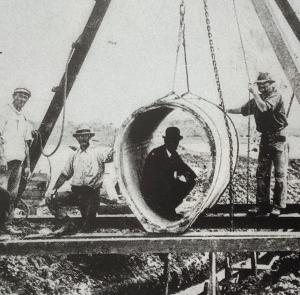
(l-r) Workers on the Dennys Lascelle Austin woolstore and the Breakwater aqueduct.
What hasn’t lasted is the bow-truss-roofed Dennys Lascelle Austin woolstore on Geelong’s waterfront. Another example of the Considere concrete coat-hanger, it’s been cited by architect historian Miles Lewis as “by a very margin the largest reinforced concrete roof span in the world”.
“It was also assembled with an ingenuity impossible to describe here,” Lewis wrote in his 1988 book, 200 Years of Concrete in Australia.
Which was nothing short of prescient, of course.
In 1990, the Cain Government overrode its Historic Buildings Council’s advice, declared the Bow Truss Building unsafe and issued a demolition order. Wreckers, however, found it so strong it was almost impossible to tear down.
Oddly enough, the site then sat vacant for 20 years before the Transport Accident Commission’s HQ was built there.
Spring Street is still ignoring waterfront heritage advice, of course, the latest in Waverley House, demolished under a CFMEU flag to make way for a convention centre being chased since the 1950s, so long the idea itself deserves heritage status.
Demolition workers, seemingly ignorant of their own Jack Mundey’s green bans and architectural preservation work in Sydney’s Woolloomooloo and The Rocks, gave National Trust protesters on site a good hose squirt for their troubles.
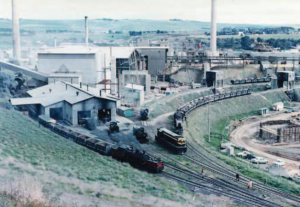
Australian Portland Cement Limited works at Fyansford.
Of course, Geelong’s real role in construction was cemented at Fyansford by a century’s worth of APCL operations. That’s gone now, a victim of lower import tariffs not long after it re-routed the Moorabool River to assist its operations.
Bit odd, really, all these kind of institutional assaults on our heritage, economy and environment. Kind of makes you wonder what they were fighting for over in the likes of Villers and Gallipoli.
An edited version of this story appeared in the Geelong Advertiser 22 April 2024.

